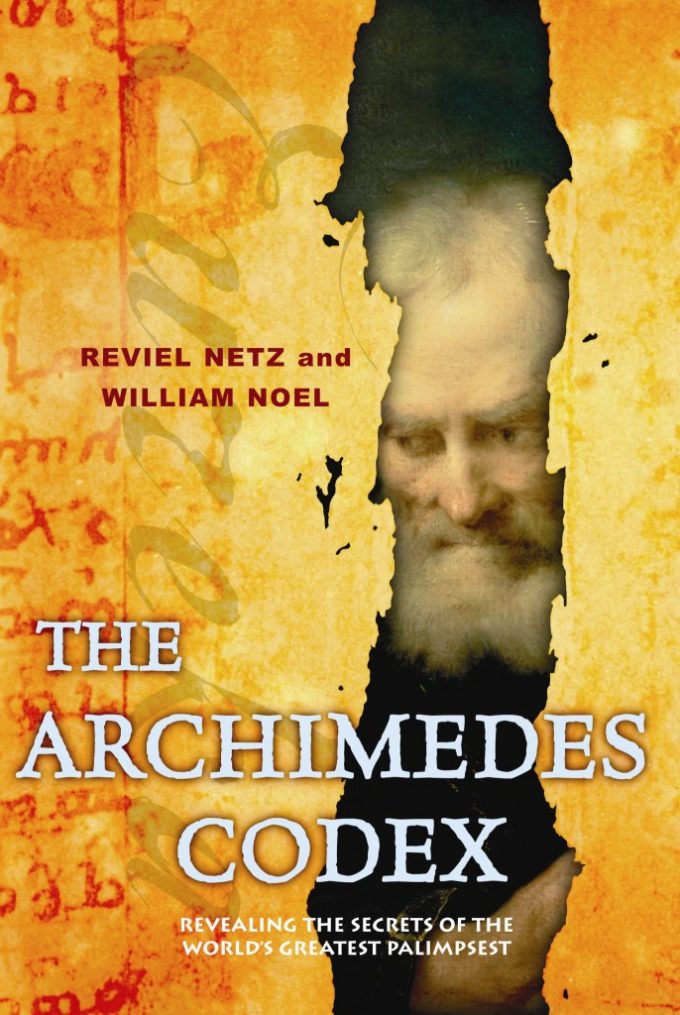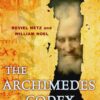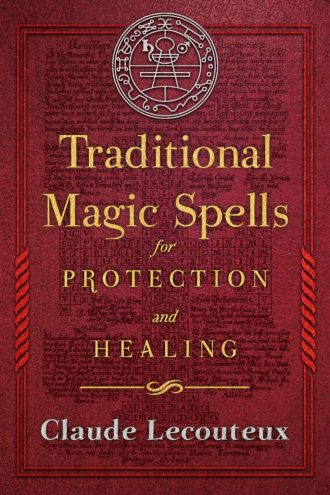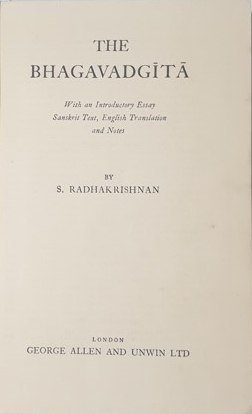Product Description
Archimedes Codex Book – Revealing the Secrets of the World’s Greatest Palimpsest – Pre-Loved
By Reviel Netz and William Noel
Archimedes of Syracuse has long been regarded as the greatest mathematician and scientist of the ancient world by historians of science. For the rest of us, his cry of ‘Eureka!’ while taking his bath is one of the most famous legends of antiquity. Even though the story probably has rather little to do with his discovery of the principle of flotation.
The reappearance of a lost codex containing works by Archimedes at a sale at Christie’s in New York in 1998 was therefore certain to create a stir.
Although the Greek government badly wanted to acquire it, the heavily damaged parchment palimpsest was eventually sold to an unidentified bidder. Known only as ‘Mr B’ for $2 million. Not long after, the buyer agreed to deposit the codex at the Walters Art Museum, a major private institution in Baltimore, on condition that it be thoroughly conserved and investigated by experts using the most advanced available imaging techniques, for all of which ‘Mr B’ was willing to pay.
Reviel Netz and William Noel, the Authors of this book, were in at the very beginning of what became known as the Archimedes Palimpsest Project in 1999, which has now expanded to involve dozens of specialists, whose crucial contributions they generously credit.
Netz is a professor at Stanford University specialising in the history of mathematics and a leading authority on Archimedes.
Noel is a curator at the Walters Museum whose knowledge of Archimedes was effectively nil when the codex unexpectedly took over his life.
They contribute alternate chapters – Noel writing basically on the history of the palimpsest, Netz on the ideas contained in it – which add up to a truly exciting, even racy, intellectual detective story. Noel is entertaining and self-deprecating (he calls his novice self ‘just a chipper guy who liked books’), Netz clear and intensely engaged in the scholarly challenge of a lifetime. But it must be said that some of Netz’s sections on Archimedes’s mathematics will be hard going for readers whose knowledge of geometry is either rusty or non-existent. This is partly because Archimedes is a difficult thinker and writer but also because Netz is not a natural populariser of mathematics, though he writes fascinatingly about the decipherment of ancient handwriting.
The history of the codex is a chequered one. Archimedes died in the Roman sack of Syracuse in 212 BC, supposedly killed by an irate Roman soldier while working at a mathematical problem. He had transmitted his ideas in a long letter to his fellow mathematician Eratosthenes, written on a papyrus roll and sent to the Library of Alexandria, where Eratosthenes was then the director. The papyrus survived for a while there but eventually disappeared along with the rest of the great library.
However Archimedes’s works, like those of many other classical authors, were preserved in copies made in Constantinople. One of these copies – the only one still extant – was the work of a Byzantine scribe who completed it in around AD 975. But in the 13th century this original codex was disbound and its folios reused in a random order, also incorporating parchment from unrelated works, to make a palimpsest. In other words, the work of Archimedes was erased so far as practicable and a Christian prayer book substituted on top of the valuable parchment, most probably by a scribe working in Jerusalem, so as to create a new codex – the one that still exists. This prayer book was presented to the Greek Orthodox church on 14 April 6737, according to a date recently discovered in the codex, which is calculated from the origin of the world. ‘As we all know, the world was formed on 1 September 5509 BC,’ notes an ironic Noel. The codex date therefore corresponds to 14 April 1229, just before Easter; perhaps it was created to celebrate the Holy Roman Emperor’s liberation of Jerusalem from the Muslims less than two months earlier. After this, it appears to have been used as a prayer book by monks in the Holy Land, oblivious of Archimedes, until it mysteriously reappeared in the Metochion of the Holy Sepulchre in Constantinople in the late 19th century. Thus, as Noel neatly observes, ‘if it was love of mathematics that had ensured the survival of Archimedes’s letter to Eratosthenes for the first thousand years, it was love of God that ensured its survival to the 20th century.’ In 1906, the codex was brilliantly studied in Constantinople in amazing detail by a leading philologist, Johan Ludwig Heiberg, who also photographed it. These images, discovered only in 2000, show that by far the worst damage occurred after 1906, during the past century.
Somehow, as a result of the disruption in Turkey after the First World War, the codex fell into the hands of a wellknown Jewish antiquarian book dealer in Paris. During the German occupation of France in the Second World War, it passed from him into the possession of a French Resistance hero, by now embellished with a few goldpainted illuminations – forgeries (dated after 1938, according to the type of ink used) presumably intended to make the codex a more attractive purchase. He must have left it to moulder in damp conditions until, after his death, his daughter took an interest in it during the 1960s.
Damaging attempts at conservation were made in France. By the time her family offered the codex for sale in 1998, it was in a dreadful state.
Nevertheless it was immediately clear to Netz that the codex contained unknown folios that had been missed by Heiberg. And this begged the truly important question of whether these faint signs could be deciphered and shown to contain significant new work by Archimedes? Several techniques were developed to read the codex, which Noel, as a non-scientist, manfully explains, candidly describing both failures and successes. Two techniques have been particularly revealing. The first combines an image taken in natural light with an image taken in ultraviolet light, enabling the ‘invisible’ original script to stand out in pseudo-colour beneath the overwritten script of the prayer book. The second employs an intense beam of X-rays at the Stanford Linear Accelerator Center to pick out various chemical elements in the codex, notably the iron of the scribal ink.
The most important new intellectual insight from this decipherment is that Archimedes was conversant with the concept of infinity – not merely potential infinity, the idea that numbers can be as big or as small as you wish, but actual infinity, the essential concept behind the calculus developed by Newton and Leibniz in the 17th century. In Netz’s words, ‘Archimedes calculated with actual infinities – in direct opposition to everything historians of mathematics have always believed about their discipline. Actual infinities were known already to the ancient Greeks.’ Another major discovery, as a result of elucidating Archimedes’s mind-bending geometrical game known as the Stomachion (‘Belly-ache’ – because it was so difficult) is that he was the founder of combinatorics, the mathematics of combinations, generally attributed to the 17th-century mathematicians Pierre de Fermat and Blaise Pascal.
Extraordinary as these and Archimedes’s many other achievements are, Netz pushes his claims somewhat too far in stating (more than once) that ‘Archimedes is the most important scientist who ever lived’. He further claims that ‘without Archimedes, there would be neither Galileo nor Newton’. Current World Archaeology is perhaps not the place to engage in this debate. Suffice it to say that neither Newton nor Einstein, nor recent physicists like Richard Feynman, give anything like such an Olympian position to Archimedes in the development of modern science.
Good condition like new.













